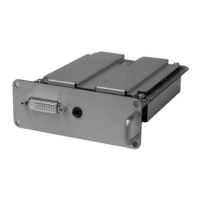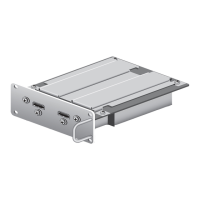Chapter 8 Writing Source Statements
130 Numbers
8.3 Numbers
The cross assembler provides three coding formats for use in numbers and (single) character constants
(refer to section 8.4, "Character Constants").
• Extended C language format
• Intel format
• Matsushita format
One of these formats is selected by using the notation directive. The default is extended C language
format.
Four radices can be used.
• Radix 2 (binary)
• Radix 8 (octal)
• Radix 10 (decimal)
• Radix 16 (hexadecimal)
Any radix can be selected by using the radix directive (but only decimal is allowed in extended C
language format). The default is decimal, regardless of coding format.
To code numbers with a radix other than the default, a fixed suffix indicating the radix is appended to
the digits.
Radices and allowed digits
The next page shows how the various radices and formats are coded.
Radix 2(binary) 0 1
Radix 8(octal) 0 1 2 3 4 5 6 7
Radix 10(decimal) 0 1 2 3 4 5 6 7 8 9
Radix 16(hexadecimal) 0 1 2 3 4 5 6 7 8 9 A B C D E F or
A B C D E F are hexadecimal digits that correspond to decimal
10 11 12 13 14 15. Lower case letters can also be used.

